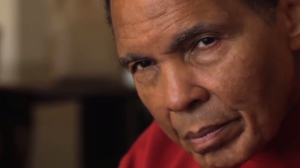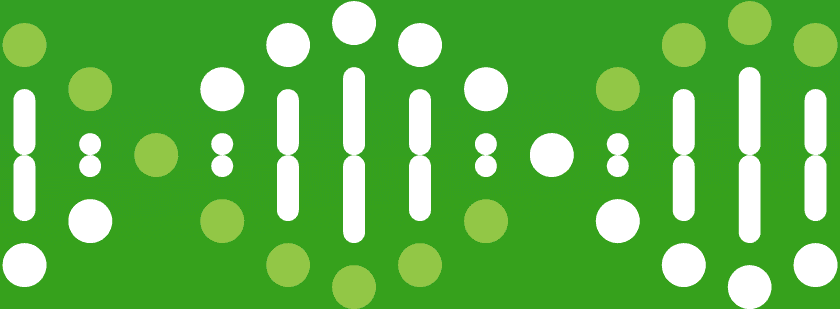In his last fight– the one against Parkinson’s – Muhammad Ali went the distance finally succumbing in early June to complications from a respiratory problem.
He was 74.
In the more than 30 years since Ali was first diagnosed, our understanding of Parkinson’s has changed enormously and yet there is still much we don’t understand. While many assume that it was Ali’s many years in the ring that caused his Parkinson’s, it’s likely much more complicated than that.
Dr. Rachel Dolhun, the vice president for medical communications with the Michael J. Fox Foundation, recently wrote about this.
“(H)ead trauma and traumatic brain injury are associated with an increased risk of Parkinson’s but the mechanisms for how they are connected are unclear and direct causation (head or brain injury actually causing Parkinson’s) has not been established,” Dolhun writes. “More work is necessary to fully understand this relationship.”
While head trauma has been linked to Parkinson’s, so too has exposure to chemicals and genetics.
“Genes load the gun” and some environmental exposure or head trauma, “pulls the trigger.”
What complicates the picture is also the nature of Parkinson’s itself. It may not be one disease, but many different conditions that fall under one diagnosis. This evolving understanding of the disease was noted in a recent article in The Atlantic by one of the magazine’s senior editors, Dr. James Hamblin. He notes that some neurologists have come to use the term “Parkinson’s disease syndrome” to describe the condition.
In the same way our understanding of what causes the disease has also come to include many different culprits – including head trauma.
While Hamblin focuses on just one genetic discovery by a team at Northwestern University, there have been many found over the years, including genetic variants that might mitigate the risk for the disease. Each finding has helped researchers deepen their understanding of the biological underpinnings of the disease, which in turn has helped to focus efforts looking at new treatments for the condition.
As we noted in our blog earlier this month, Ali himself (along with his daughter Laila) supported research into the disease. With 23andMe the two helped produce a video to encourage participation in Parkinson’s research. 23andMe now has the largest Parkinson’s community for genetic research in the world. It’s allowed researchers to make important breakthroughs and uncover new genetic associations for the disease.
Find out more about our research into Parkinson’s here.



